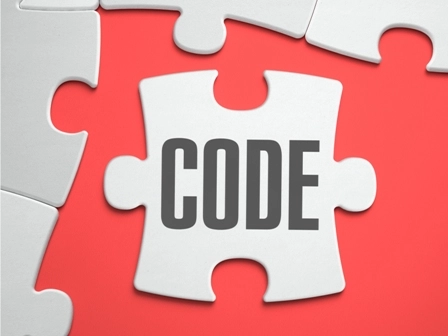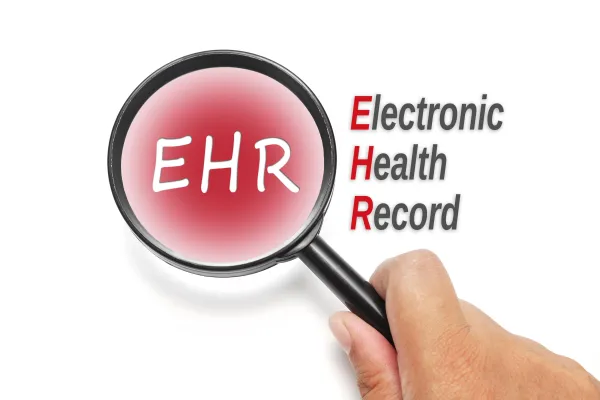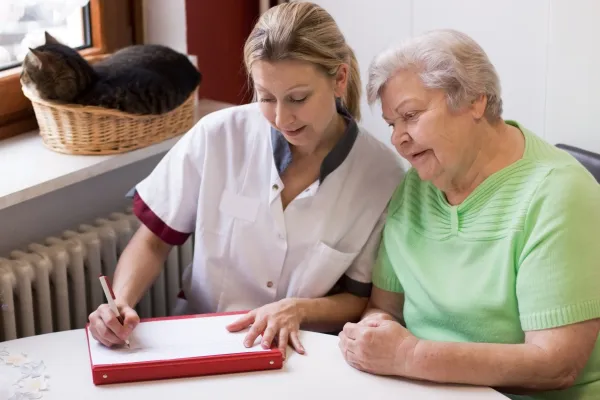Use Combination Codes When Applicable

Question: Notes indicate that the PM physician performed a short-latency somatosensory evoked potential study in a patient’s upper and lower limbs. I reported 95925 and 95926 and received a denial. Why didn’t this claim go through? Wisconsin Subscriber Answer: You chose the wrong code — or codes — for this encounter. The 95925 (Short-latency somatosensory evoked potential study, stimulation of any/all peripheral nerves or skin sites, recording from the central nervous system; in upper limbs) and 95926 (… in lower limbs) codes are for short-latency evoked potential studies when they only occur on the upper or lower limbs. Do this: On appeal, report 95938 (… in upper and lower limbs) instead of 95925 and 95926. In CPT® 2019, 95938 and 95939 (Central motor evoked potential study (transcranial motor stimulation); in upper and lower limbs) have a hashtag (#) emblem in front of them, meaning that they are resequenced codes, or codes that appear out of order numerically in the CPT® manual. This means that even though they are codes that seem numerically out of place, they belong in the “Evoked Potentials and Reflex Tests” portion of the CPT® manual. Best bet: Make sure all of your coding reference material is current for 2019 and approved by Medicare and/or CPT® or the American Medical Association (AMA). These are the coding guidelines that you should be following, and you need to make sure your resources are current. Also, make sure you update your knowledge of all your payers’ contracts each year, just in case there are some individual payer peculiarities you need to keep up with. Why? Coding conventions change year to year, and often what seems to be correct with a past CPT® manual, Medicare policy, or coding contract might be in error because of policy change. Keep updated on all the coding changes and new Medicare policies by keeping up with coding news and always having new versions of the CPT® manual on hand for reference.




